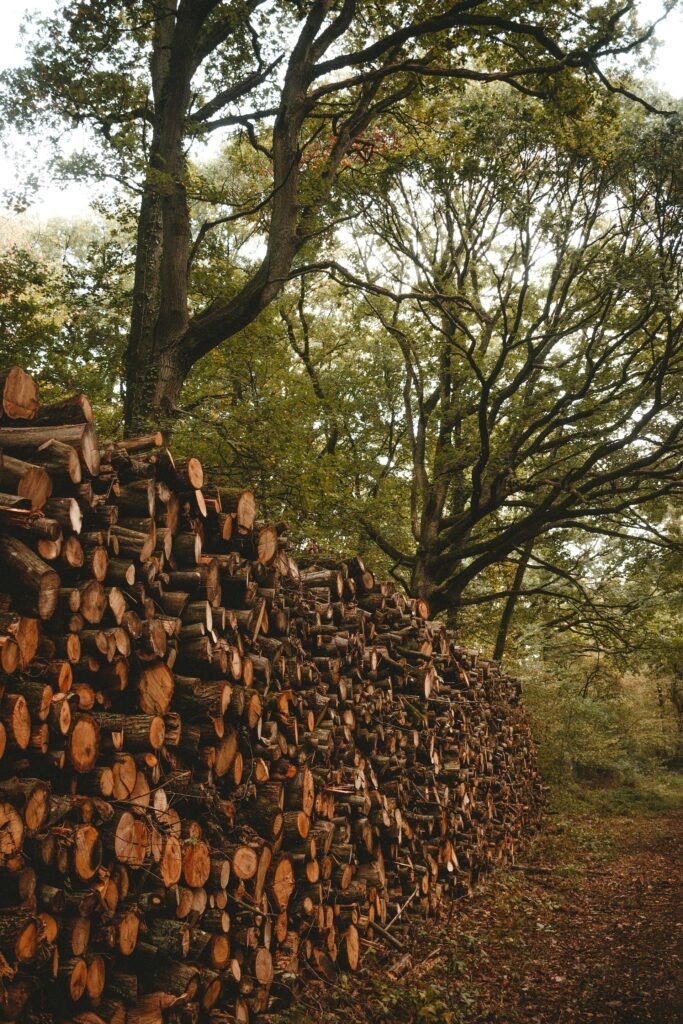Tree removal is a specialized task that requires skill, knowledge, and precision. While homeowners might be tempted to tackle tree removal themselves, the imperative of engaging professional tree removal services cannot be emphasized enough. Beyond technical expertise, one of the primary concerns during tree removal is safety. In this article, we will delve into the critical safety measures involved in tree removal, highlighting the precautions and equipment used by professionals to ensure a secure and accident-free process.

Thorough Site Assessment
Before embarking on a tree removal project, professionals conduct a thorough site assessment. This involves evaluating the tree’s overall health, structural integrity, and the surrounding environment. Recognizing potential hazards, including the proximity to power lines, structures, or neighboring trees, is of utmost importance. A comprehensive assessment lays the foundation for a well-planned and safer removal process.
Proper Training and Certification
Safety begins with the expertise of the individuals handling the tree removal. Reputable tree removal services ensure that their personnel are adequately trained and certified. Certified arborists boast an extensive knowledge of tree biology, empowering them to make judicious and informed decisions at every stage of the tree removal process. Ongoing training keeps professionals updated on the latest techniques and safety protocols.
Use of Personal Protective Equipment (PPE)
Wearing the appropriate Personal Protective Equipment (PPE) is non-negotiable in tree removal. This includes helmets, ear protection, eye protection, gloves, and chainsaw-resistant leg coverings. PPE not only safeguards workers from falling debris but also provides protection against potential equipment accidents, such as chainsaw kickback.
Rigging and Controlled Tree Felling
To ensure a controlled descent of the tree, professionals use rigging techniques. This involves attaching ropes to specific branches and sections of the tree, allowing them to guide its fall systematically. Controlled tree felling minimizes the risk of damage to surrounding structures and vegetation.
Equipment Inspection and Maintenance
Before starting any tree removal project, all equipment involved must undergo a thorough inspection. Chainsaws, ropes, and rigging equipment must be in optimal condition to prevent malfunctions during the removal process. Regular maintenance schedules are essential to identify and address potential issues before they escalate.
Establishing a Clear Work Zone
Creating a clear work zone is paramount for both worker and bystander safety. Professionals cordon off the area around the tree to be removed, ensuring that only authorized personnel are within the vicinity. This measure prevents accidents caused by falling debris or misdirected branches.
Communication Protocols
Effective communication is key to a safe tree removal process. Clear communication between team members is essential for coordinated efforts during felling, cutting, and cleanup. Additionally, professionals often use hand signals and radios to ensure seamless communication, especially when operating heavy machinery.
Emergency Response Planning
Despite meticulous planning, unforeseen circumstances can arise during tree removal. Professionals are trained to anticipate and respond to emergencies promptly. This includes having first aid kits on-site, establishing evacuation routes, and ensuring all team members are familiar with emergency protocols.
Adherence to Local Regulations
Tree removal often involves adherence to local regulations and permits. Professionals are well-versed in these requirements, ensuring that the removal process complies with environmental and safety standards. This includes obtaining the necessary permissions and coordinating with relevant authorities.
Proper Disposal of Debris
Once the tree is successfully removed, the disposal of debris is a critical safety consideration. Professionals ensure that debris is cleared systematically to prevent tripping hazards and potential injuries. Wood chipping or hauling away large sections of the tree minimizes the risks associated with leftover materials.
Conclusion
Tree removal is a complex undertaking that demands a focus on safety at every stage. From the initial site assessment to the final cleanup, professionals prioritize the well-being of both their team members and the surrounding environment. Homeowners considering tree removal should recognize the inherent risks and entrust this task to certified experts who adhere to stringent safety measures. By doing so, they not only ensure the successful removal of the tree but also contribute to a safer and more secure community.